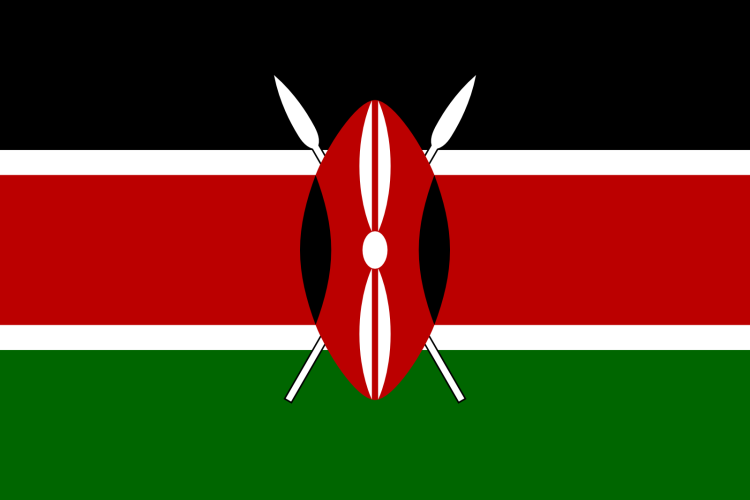An International Atomic Energy Agency (IAEA) team of experts said ensuring the effective independence of Kenya’s regulatory body for decision-making in radiation safety would help it meet its commitment to strengthen the oversight of all radiation-related facilities and activities in the country.
The Integrated Regulatory Review Service (IRRS) team today concluded a 10-day mission to assess the regulatory framework for radiation safety in the Republic of Kenya. The Radiation Protection Board (RPB) regulates such activities in Kenya, including those with sealed and unsealed radioactive sources as well as X-ray and other radiation-emitting devices.
“Kenya has demonstrated its commitment to improve the national legal and regulatory framework for radiation safety. Steps to ensure the RPB’s effective independence and complete the regulatory framework for radiation safety would help it achieve this objective,” said IRRS mission team leader Javier Zarzuela, Sub-director of Operational Radiation Protection at Spain’s Nuclear Safety Council.
“Our Kenyan hosts did an excellent job in preparing for the mission and cooperated fully with the IRRS team in a very open and transparent manner.”
IRRS missions are designed to strengthen the effectiveness of the national regulatory infrastructure, while recognizing the responsibility of each State to ensure radiation and nuclear safety.
Kenya uses radiation sources in medical, industrial and research facilities. The country with a population of more than 44 million people is considering introduction of nuclear power to meet its growing energy demand. However, Kenya’s future nuclear energy plans were outside the scope of this IRRS mission.
The team of senior radiation safety experts made recommendations and suggestions to the Government and the RPB that will be of help in their regulatory work. In their preliminary findings, the experts praised a training initiative by the RPB for its inspectors in enforcement of the law. They noted that Kenya faces significant challenges, for example regarding the yet-to-be completed regulatory framework.
The 12-member IRRS team comprised experts from France, Hungary, India, Ireland, South Africa, Spain, Sri Lanka and Zimbabwe as well as three IAEA staff members.
“I thank the IAEA for allocating time and resources to undertake the mission requested by Kenya. I commend the team for their professionalism in reviewing the RPB activities against the IAEA safety standards. I am confident that when the team’s recommendations and suggestions are implemented, the RPB will be stronger and more effective in carrying out its mandate of protecting Kenyans from harmful effects of ionizing radiation,” said Arthur Omondi Koteng, Assistant Chief Radiation Protection Officer of the RPB.
The IRRS mission took place at RPB Headquarters in Nairobi where team members observed its regulatory activities and held discussions with staff. They met with officials from the Ministry of Health and the National Commission for Sciences, Technology and Innovation (NACOSTI) of the Ministry of Higher Education. The team also visited the Kenyatta National Hospital and the Kenya Bureau of Standards with the RPB inspection team, and held talks with personnel and management of licensee organizations.
“I welcome Kenya’s decision to invite the IRRS mission. I’m confident that its recommendations and suggestions, when implemented, will contribute to a significant strengthening of the country’s regulatory framework for radiation safety,“ said Peter Johnston, Director of Radiation, Transport and Waste Safety in the IAEA Department of Nuclear Safety and Security.
The IRRS team identified the following good practice:
- The RPB’s initiative to train its inspectors in the areas of enforcement and prosecution in cases of regulatory non-compliance.
The mission provided recommendations and suggestions for improvements.
For the Government, they included:
- Develop a policy for radiation safety and a strategy to implement it.
- Revise and complete the national legal framework to ensure consistency with IAEA safety standards.
- Ensure effective independence of the regulatory body from operators and other entities having responsibilities or interests that may influence its decision-making.
For the RPB, they included:
- Establish regulations that systematically cover all types of practices with radiation sources, including the transport of radioactive material.
- Develop policies and procedures for consistent and stable regulatory control of radiation-related facilities and activities.
- Establish and implement an integrated management system consistent with IAEA safety standards.
The final mission report will be provided to the Kenyan Government in about two months’ time.


